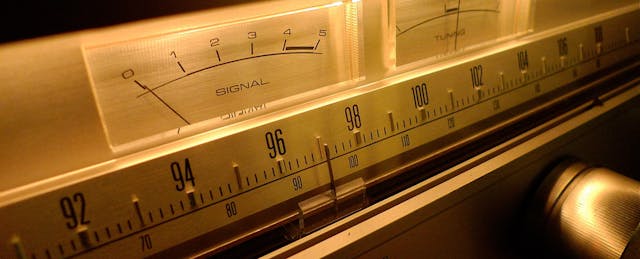There is a lot going on in the world that teachers need to help their students understand, put into context or just process. They need to arm their students with the facts about the Ebola outbreak in West Africa. Or they might want help explain what ISIS is and why the US is bombing targets in Iraq and Syria. These recent current events have been well covered by public radio.
Before starting Listen Current, I was a reporter for public radio for 25 years on the front lines of current events. I covered pro-democracy riots in Kenya and marched alongside angry demonstrators in Brazil who wanted to impeach the president. I sat the press galley at the US Capitol watching democracy in action. I always had a front seat and my radio stories put listeners in that seat--listening to current events unfold.
But what I realized was that students were missing out. My stories on public radio and thousands of other compelling, first-person accounts of what was happening in the world never made it into the classrooms. Teachers are too busy to find the stories and align them to the subjects they are teaching. But now there are tools that can help.
You might be asking yourself, why should I use radio instead of print or web for current events? Here are five good reasons:
1. Evocative Writing: When you have no pictures to show your readers what you are talking about, radio reporters must rely more on carefully chosen words that allow listeners to form pictures in their minds. In this profile of a politically active 11-year-old, the words bring the main character to life. Listening is a great mode of delivery for informational “texts”. Public radio stories can be a great example of spoken academic language.
2. Emotion: Both print and radio reporters interview people for their stories. But only in radio do you hear how someone sounds when they voice their thoughts or opinions. You can hear if they are angry, sad or scared. This gives students a powerful connection to the speaker. In this look at unequal policing the emotion is raw and clear.
3. Pacing: Radio announcers use techniques in their voicing that keep you listening. They create drama with their voice. They speed up or slow down to guide your ear through the story. This story takes you to a little league watch party in Chicago, and its artful pacing keeps you engaged and wanting more.
4. A Sense of Place: Audio stories often take the listener into the story with ambient sound that makes you feel like you are in a different place. A story about antibiotics and chickens starts in a hatchery where little chicks are peeping.
5. Length: In under 5 minutes, public radio stories give students lots of the background they need to understand the story. But they also leave them wanting more, asking questions. And that’s where we want, right? Wanting more. In just four minutes students can get an overview of the Scottish independence referendum and consider how this will impact Scotland’s future.
My pet peeve: auditory learning is overlooked in the classroom. There are so many tools that use videos, ebooks and games for students. But when you think about the skills students will need to succeed in a career, it all comes down to listening. Does your boss give you a video game to play when she is conducting your performance review? Or a video to watch while you are brainstorming a marketing strategy?
The Common Core has recognized the importance of listening and created the Anchor standard of Speaking and Listening across K-12 classrooms. Yet, there are not many edtech tools devoted to teaching listening skills. In addition the Common Core requires a shift to nonfiction and informational literacy. Only about 10% of texts in classroom libraries is nonfiction, according to a national study by the Kaiser Family Foundation.
Public radio stories are fact based, objective stories that are well produced and compelling. Whether it’s a major world current event or a real world illustration of a concept in the curriculum, try a public radio story in your classroom and see what happens!


